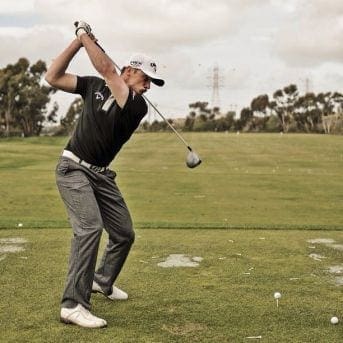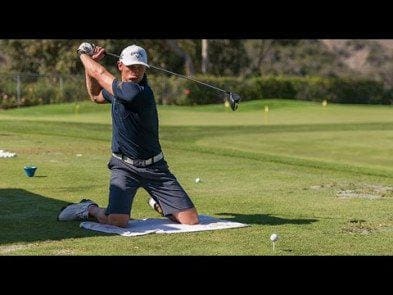Why is “Core” so important? Part 2
Where we last left off, I introduced the topic of Core training, and why it is so important for rotational based athletes. The idea is that we use the body as a “giant whip” from the ground up to propel ourselves or an object with maximal force. The legs can be considered the big “V8 engine” that is responsible for starting the acceleration process. This emphasizes that a large amount of force is being pushed through the ground. From there, the core is next to engage and represents the connection point between the lower and upper extremities. Without a strong connection point, the energy will sub-maximally be transferred, and thus the athlete will not maximize their potential power.

Before we touch on the specifics of proper rotational strength training, however, we have to understand how we approach this from a functional standpoint. The “Joint-By-Joint Approach” is something I explicitly follow when it comes to training athletes to be functionally stronger. This approach explains how each joint from the ground up must alternate between mobility and stability. For instance, the ankles must be mobile, the knees stable, the hips mobile, etc. When an imbalance occurs in this chain and a joint inappropriately either loses or gains mobility, the other joints in the chain will inappropriately have to compensate for the imbalance. This, undoubtedly, can lead to injuries. With this in mind, as we work up the chain, this approach demands that the Lumbar Spine must remain stable, while the Thoracic Spine must exhibit mobility.
This is such an important concept when it comes to rotational strength development. It is all too easy to put an athlete in a position where they are putting rotational stress through the Lumbar Spine. A prime example of this is a “Russian Twist.” How can the athlete possibly complete this drill without mobilizing the Lumbar Spine? The emphasis of tapping each side of the body forces the athlete to reach, round the shoulders, and inherently round their spine. The stress and “work” of the movement works its way down the rounded spine and falls directly on the Lumbar section. Even worse, the athlete is usually encouraged to use a medicine ball, which creates an added load and adds to the stress of the Lumbar Spine. So, while the athlete is gaining strength in the appropriate rotational based core muscles, they are promoting an imbalance in their mobility.
This leads us to the absolute truth, that rotational based core training must promote rotational specific strength, AND promote the combination of lumbar stability and thoracic spine mobility. Strength without range of motion is useless! In fact, strength without range of motion, is an injury just waiting to happen. Next time, we will continue to dive into the specifics of this very particular type of training. Every athletic movement pattern can be classified by both the strength of the movement, and the speed of the movement. Stay tuned as we go over progressions, and how to effectively program for power gains.


